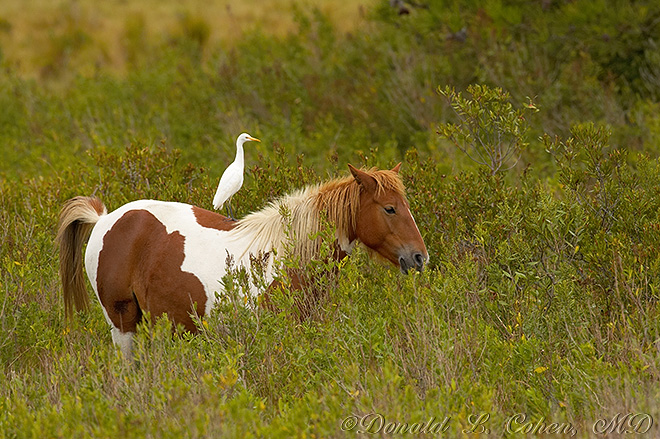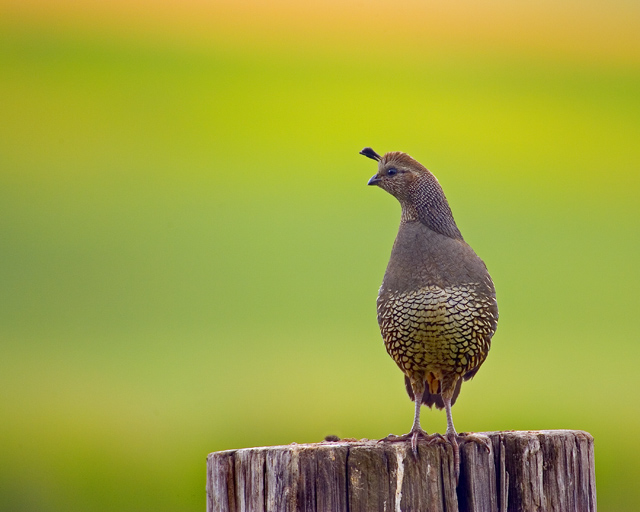Mike Spinak
pro member
Bev Sampson expressed an interest in showing pics of perched birds. Sounds good to me, so... here's another show and tell thread, about perched birds. I'm hoping we can get a thread rolling for displaying and discussing lots of perched bird photos.
Please, let's try to do the following:
1) Discuss what you show, so that we can all learn from each other's techniques and ideas;
2) Post only one picture per post, or one related series per post, in order to minimize confusion.
Like this:

Wind Ruffled Snowy Egret
© Mike Spinak
This picture was taken with an aperture of f/8, at 1/1,600 of a second, at ISO 400, with a Canon 1Ds Mark 2, a Canon 600 f/4 IS lens, and a 2x teleconverter, on a tripod, with a cable release, and the mirror locked.
I took this at a rookery where lots of snowy egrets, great egrets, and black crowned night herons raise their chicks. This was taken at the time of year when the snowy egrets have moved in, started claiming spots, started displaying to attract mates, and started defending their territory... lots of action, all the time. This egret had developed its fluffy breeding plumage, and was perched on a palm tree, where it was occasionally displaying, occasionally defending its territory, and frequently being harrassed. Meanwhile, the wind was blowing fairly hard, making the ruffled feathers on the birds look rather unkempt. I wanted to make a portrait of a bird right after it had ruffled its fluffy feathers in response to an interloper, and then become disheveled by the breeze. I wanted a portrait where the feet were visible, the background was clean, and the bird had a humorous expression. This is one of the ones I ended up with.
Let's see your perched shots, and hear the stories of how you got them.
Mike
www.mikespinak.com
(edited to fix a silly error; thanks, Don)
Please, let's try to do the following:
1) Discuss what you show, so that we can all learn from each other's techniques and ideas;
2) Post only one picture per post, or one related series per post, in order to minimize confusion.
Like this:

Wind Ruffled Snowy Egret
© Mike Spinak
This picture was taken with an aperture of f/8, at 1/1,600 of a second, at ISO 400, with a Canon 1Ds Mark 2, a Canon 600 f/4 IS lens, and a 2x teleconverter, on a tripod, with a cable release, and the mirror locked.
I took this at a rookery where lots of snowy egrets, great egrets, and black crowned night herons raise their chicks. This was taken at the time of year when the snowy egrets have moved in, started claiming spots, started displaying to attract mates, and started defending their territory... lots of action, all the time. This egret had developed its fluffy breeding plumage, and was perched on a palm tree, where it was occasionally displaying, occasionally defending its territory, and frequently being harrassed. Meanwhile, the wind was blowing fairly hard, making the ruffled feathers on the birds look rather unkempt. I wanted to make a portrait of a bird right after it had ruffled its fluffy feathers in response to an interloper, and then become disheveled by the breeze. I wanted a portrait where the feet were visible, the background was clean, and the bird had a humorous expression. This is one of the ones I ended up with.
Let's see your perched shots, and hear the stories of how you got them.
Mike
www.mikespinak.com
(edited to fix a silly error; thanks, Don)
Last edited:








